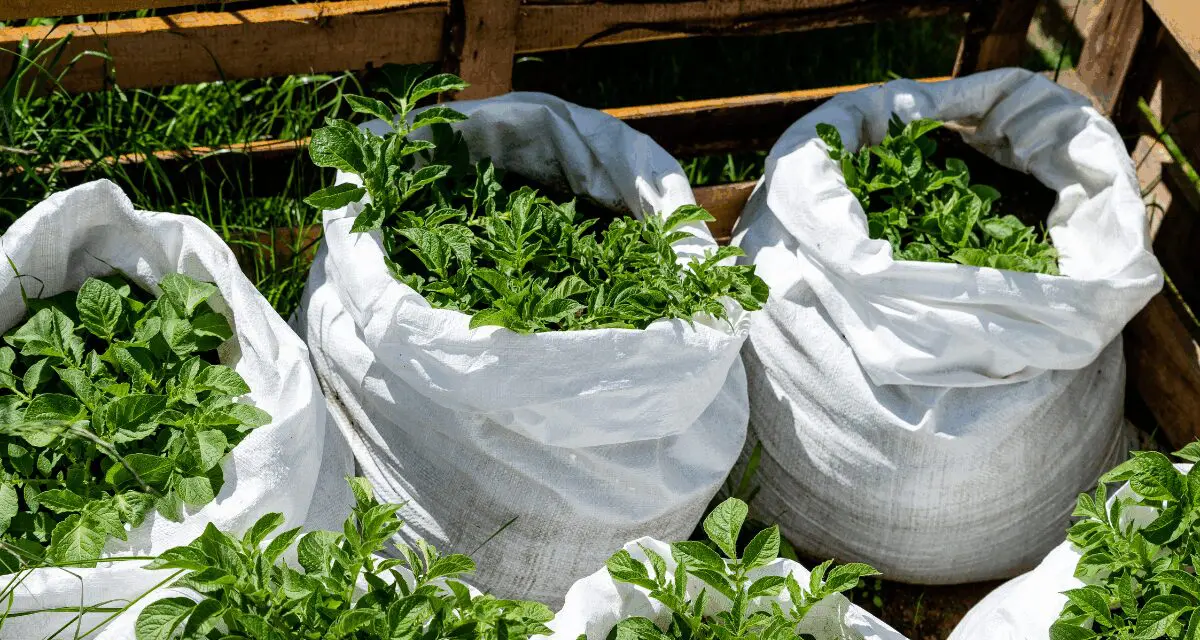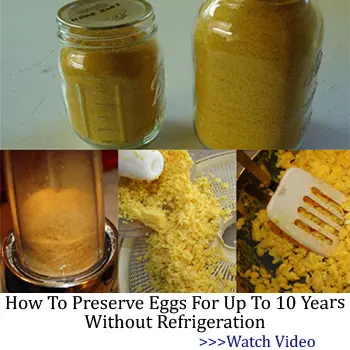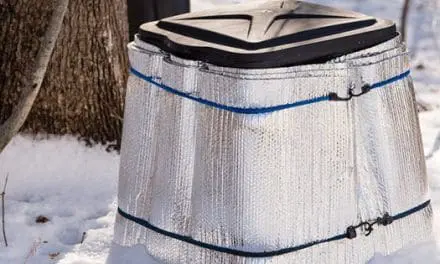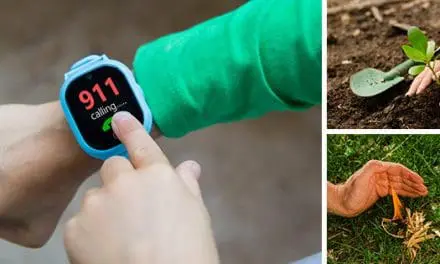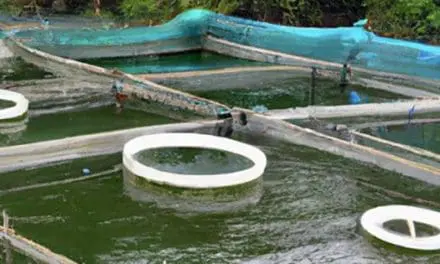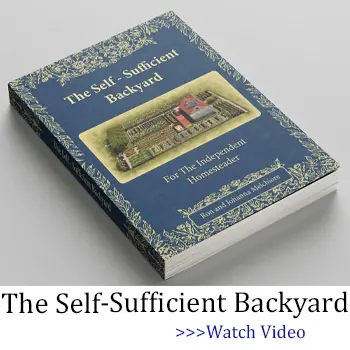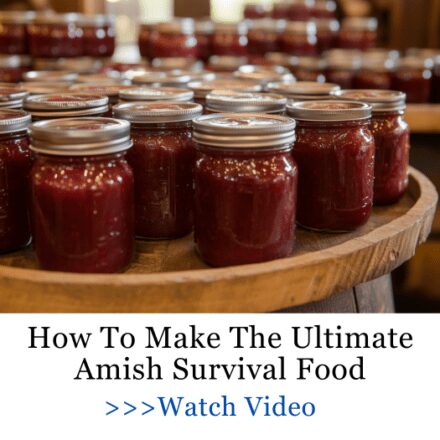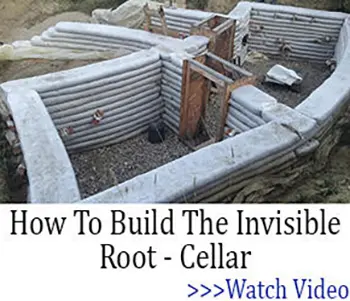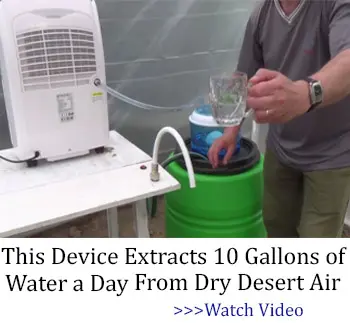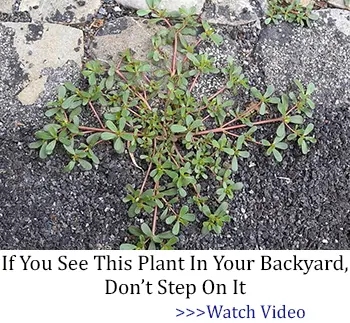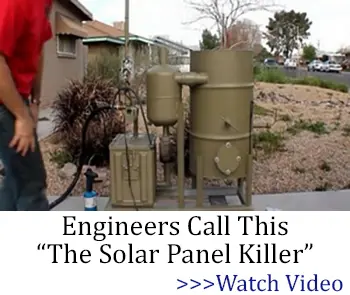Any of us who have grown potatoes in the past know the challenges. Unlike many other vegetables that mature quickly, potatoes need the whole season to reach maturity. That means a part of our gardens are dedicated solely to potatoes from Spring through Summer and into Fall. It’s in Autumn that the leaves and stems finally turn brown signaling that they’re ready to harvest.
If we’ve planted them in the proper soil and kept them watered and located in a sunny spot we’ll get a banner harvest. But there are some reasons that many of us simply can’t grow as many potatoes as we want. Here are some of the reasons:
Limited Space
Most of us like to plant a variety of vegetables in our garden. This includes root vegetables like carrots, onions, radishes and beets. Vining vegetables like beans, squash, melons and tomatoes. Leafy vegetables like spinach, kale and lettuce. And plenty of other from peppers to celery to herbs. While harvesting over the season we’ll often succession plant as the season goes on. Potatoes don’t give us that luxury but potatoes grown in something as simple as plastic garbage bag opens up new possibilities.
No Space
For those of us who live in townhouses, condos, the inner city or apartments our backyard is often defined by a patio or deck or just a paved street in front of the house. There is no backyard, and if the front yard is planted with anything it’s usually maintained by an HOA or landlord.
That leaves us with just a patio or deck or just a concrete slab in front of the house and potatoes growing in plastic, garbage bags can seal the deal.
Money is Tight
There are other alternatives to planting potatoes in the ground. You could build a potato tower. You could also plant potatoes in plastic buckets or in half barrel planters. But they all come with a cost.
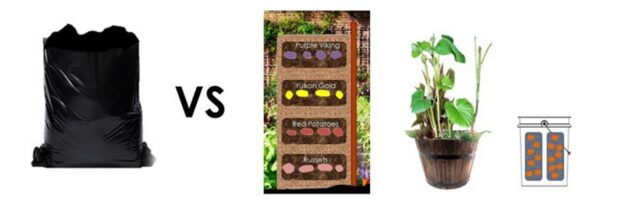
You have to buy the materials to build a potato tower and you have to have the skill and the time to build it. 5-gallon plastic buckets cost anywhere from 5 to 10 dollars each and you’ll probably need a few of them. Half barrel planters from a home center run anywhere from $30 to $50 a piece. That can add up fast if you’re trying to grow 100 pounds of potatoes.
Black, plastic garbage bags cost about $10 for a box of 50.
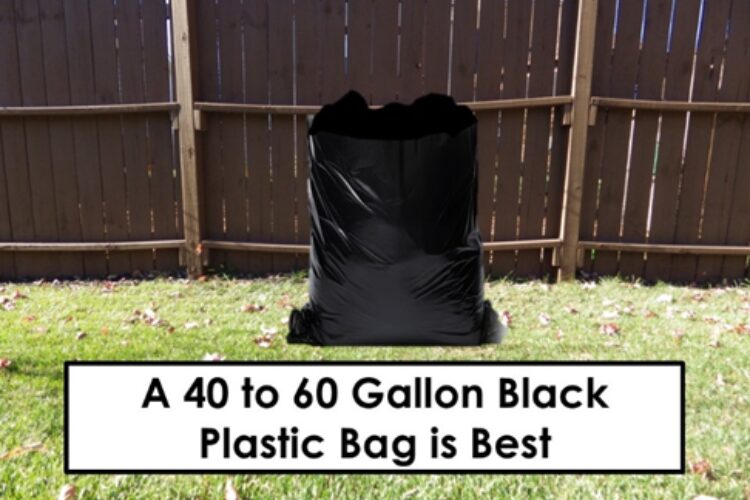
Buy at least a 40 to 60 gallon size. It also pays to buy the more durable brands. It’s unlikely you’ll be planting 50 large garbage bags with potatoes…
…but you could.
It’s Easy
We’ll get into more detail but all you’re doing is filling a large, plastic garbage bag with straw, compost and potatoes and keeping it watered. The potatoes do the rest.
You may need to pay a little attention to any insects or fungal problems but other than that potato bags are low maintenance. But there are some details to remember.
1. Choose Your Location Wisely
You want a location that ideally gets full sun. It will really stimulate plant growth. You also have to remember that the bag will remain in this location for months. It is very hard to move one it is filled with soil and watered, and if you do try to move it you will most likely tear the bag.
If the bag ever tears you can patch it with black, duct tape or try to pull a new bag over the old one.
2. Straw and Compost are the Keys
Potatoes don’t grow well in compacted soil. The plant looks fine above ground the potatoes below ground and come out small or misshapen if they have to fight to grow in compacted soil.

A simple solution is combining straw with compost. Compost will provide the potatoes with plenty of natural nutrients and is also less like to compact the way that topsoil can.
Getting to 100 Pounds
It’s unreasonable to believe that one 50 gallon black, plastic garbage bag is going to get you to 100 pounds of potatoes. Figure that on average, you’ll get 10 to 15 pounds a bag. That means you need to plant at least 7 to 10 bags.
The get to a higher yield, water is the key. Water everyday if you can.
Pick Your Potatoes
You can plant any potato variety in your bags. Russets, Yukon Gold, Red potatoes, sweet potatoes, even purple heirlooms. If you favor one variety over others, just plant those but it’s fun to have a variety in the pantry.
You can buy seed potatoes or let store-bought potatoes age until they begin to develop small growths on their sides called “eyes.” You can plant the potatoes whole or cut them in half when planting.
Let’s Get Started
After picking your location, your first step is to fill your bags with a mix of straw and compost. You can add some topsoil if your short on compost, but try to add as much compost as you can to each bag.
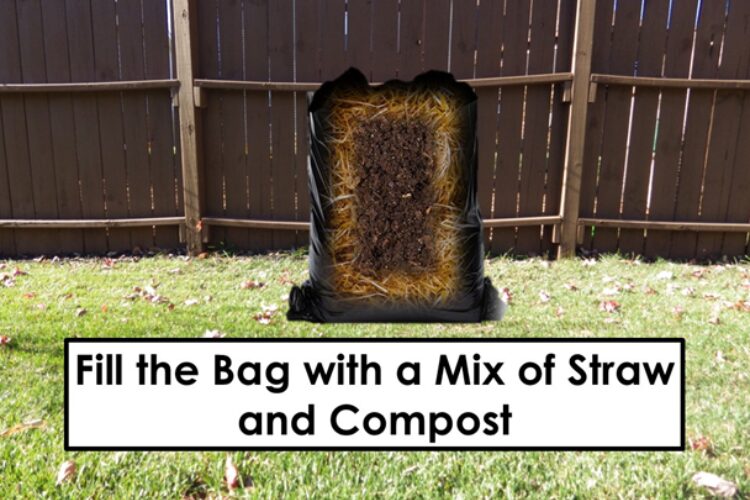
As you are filling the bag with straw and compost, start to add your potatoes. Build the bag from the ground up.
It’s hard to dig down from the top of filled bag to plant any potatoes deep, so add them to the bag as you fill it with the straw and compost.
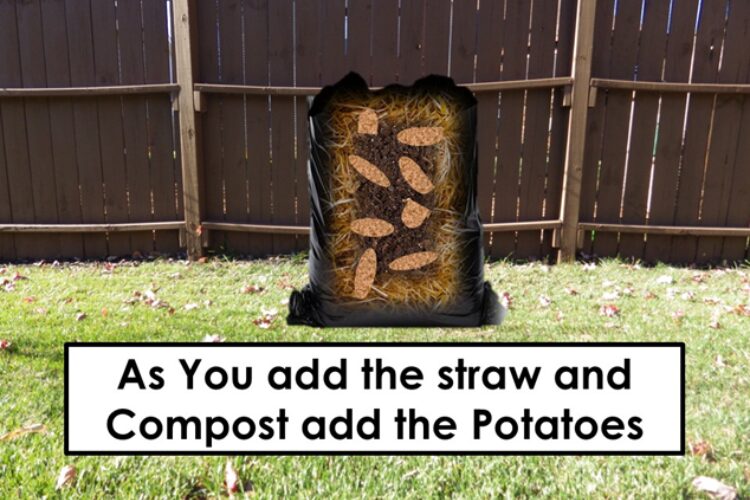
Plant as many bags as you want remembering that you’ll get about 10 to 15 pounds per bag.
Water your potatoes generously and punch a few small holes in the bottom of the bag. The water will pool at the bottom to some degree and that’s okay. The compost and straw will perform a wicking action that draws the water up to the potato and it’s roots.
Try to water in the evening or at night. The black plastic will absorb heat and that’s good for the roots if the water is kept moist. However, the soil will heat up over the course of the day and watering with cold water into a hot bag of soil can shock the plant. Let the soil cool as you move into the evening and nightfall and then water.
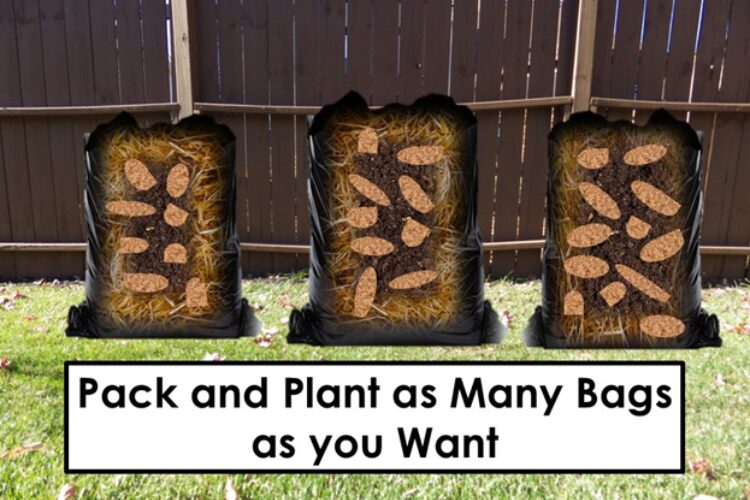
Remember too that you should water at the base of the plant directly into the soil. Avoid wetting the leaves, particularly at night. Potato plants are subject to fungus and wet leaves at night will only encourage fungal growth.
Be Patient
The leaves and stems will grow robustly but what you’re really waiting for is the growth of the potatoes beneath the ground. That takes time and regularly watering will only increase their size especially if you palnted in straw and compost.
Knowing When to Harvest
You may have heard that it’s a bad idea to eat a green potato. It is. Potatoes are members of the nightshade family and green potatoes are toxic. What you’re looking for is when the leaves and stems turn brown.
That’s the sign that the potatoes are mature and ready to harvest and ready to eat. To harvest, just tear the bags apart and you can easily pull the potatoes out of the soil.
Don’t reuse the soil for potatoes next year. It might carry over disease or fungus. Pile it into the compost heap and let the heat and activity of the heap do it’s work. It’s fine for use in the garden but planting potatoes in the same soil season after season is a bad idea. It’s why potatoes planted in gardens should always be planted in a different location from season to season.
Storing Your Potatoes
A root cellar is a great destination for potatoes, but don’t wash them. Leave a coating of soil on the potatoes and they will keep better over time.
The same is true if you’re keeping them in the pantry but if you’re hesitant about dirty potatoes in the pantry you can give them a quick rinse.
It’s Worth a Try
If you have a black, plastic garbage bag (and most of us do), try a bag next season in a spot in your yard, garden or deck. You may be surprised to see how well it works and the following season you just may go for that goal of 100 pounds of potatoes.
How to Make Depression-Era Potato Cakes
This Is The First Thing You Should Do With The Food In Your Fridge During A Blackout (Video)
Canning Potatoes: A Self-Reliant Staple for Your Pantry
Why You Should Cure Potatoes Before You Store Them for Winter

